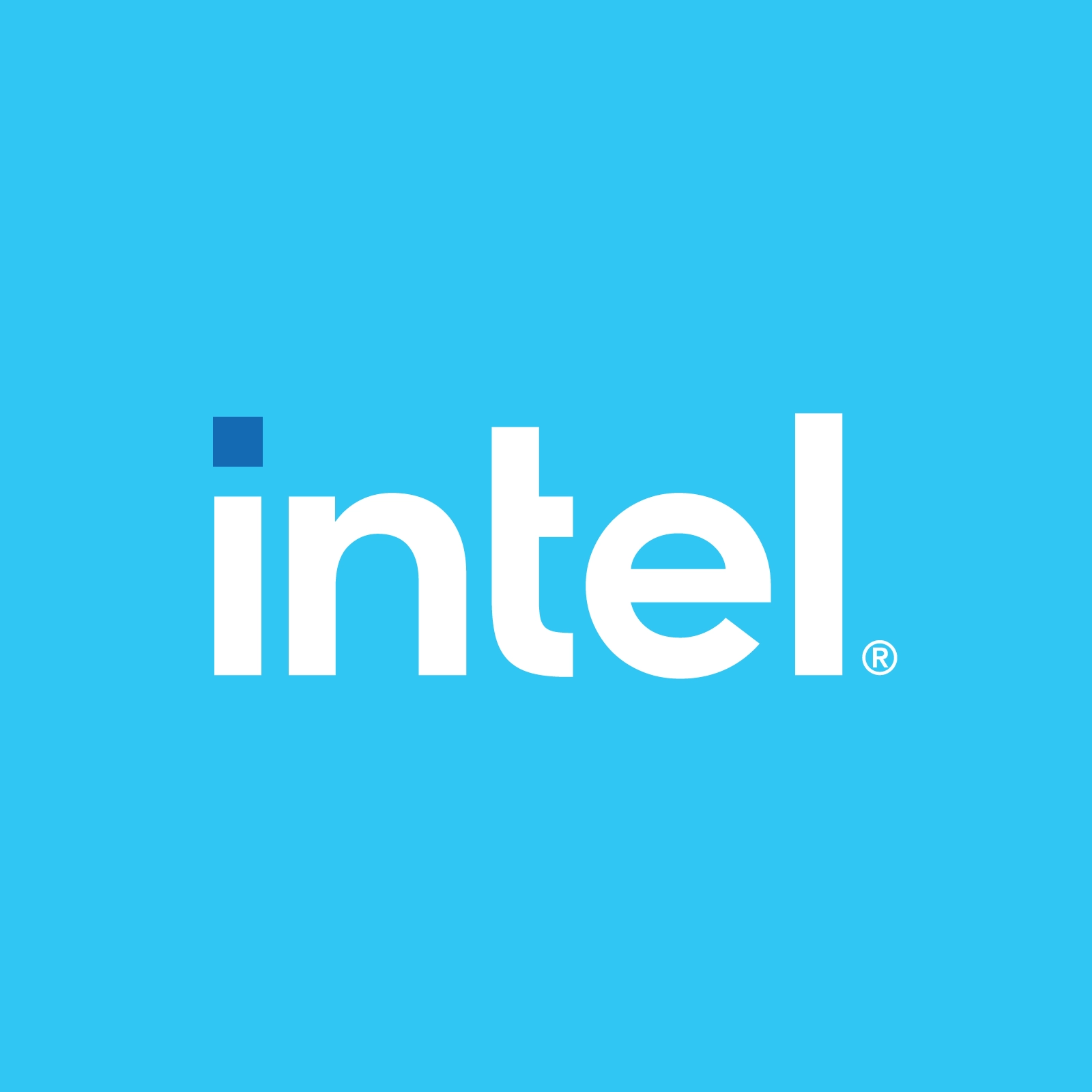How Micro-branches are Changing the Face of Retail Banking
The face of retail banking is changing rapidly as the industry works to facilitate customer engagement while reducing the costs associated with building and operating traditional bank branches. One approach is the micro-branch – a fully functional bank branch that has been dramatically reduced in size. Micro-branches are cost-effective and enable banks to adapt to the evolving needs and expectations of their customers. In this episode, To the Edge and Beyond spoke with Devakumar Rajagopalan, Banking Segment Marketing Manager for The Intel Internet of Things Group, and Srikrishna “Kris” Sharma, Financial Services Industry Leader with Canonical, about the innovative technologies and deployment strategies that are making micro-branches a reality.
“Retail banking faces a more complex environment than perhaps ever before,” Sharma said. “Driven by COVID, the social and economic landscape has been radically reshaped while customer needs and expectations continue to dynamically evolve. Banks need to ask themselves the fundamental question about their physical outlets. Are they points of sale or service centers?”
Devakumar agrees, noting that micro-branches require a specific kind of infrastructure – what he calls “technology building blocks” – in order to succeed. Two of those building blocks are edge computing and the use of micro-clouds. “Although banking institutions have a long history of edge computing, the ability to reduce the costs associated with operating edge sites (micro-branches) will be key to developing holistic solutions,” says Sharma. “What’re needed are micro-clouds – small clusters of compute notes with local storage that allow branches to create repeated deployments at the edge.”
Intel and Canonical have been collaborating on a variety of smart technologies designed to not only deliver all of the functionality customers have come to expect from a full-sized bank, but the personal interaction they desire as well. “Micro-branches merge digital and physical experiences,” Devakumar said. “They offer contactless, anytime banking along with highly immersive interactions with avatars on dynamic screens. These screens collect and transform data into actionable items, making banking both practical and engaging.”
To learn more about banking security solutions, connect with Srikrishna Sharma and Devakumar Rajagopalan on LinkedIn.
You can also visit the financial services pages offered by Intel and Canonical listed below.
Intel: https://www.intel.com/content/www/us/en/financial-services-it/financial-services-overview.html
Canonical: https://canonical.com/
Subscribe to this channel on Apple Podcasts, Spotify, or Google Podcasts to hear more from the Intel Internet of Things Group.




